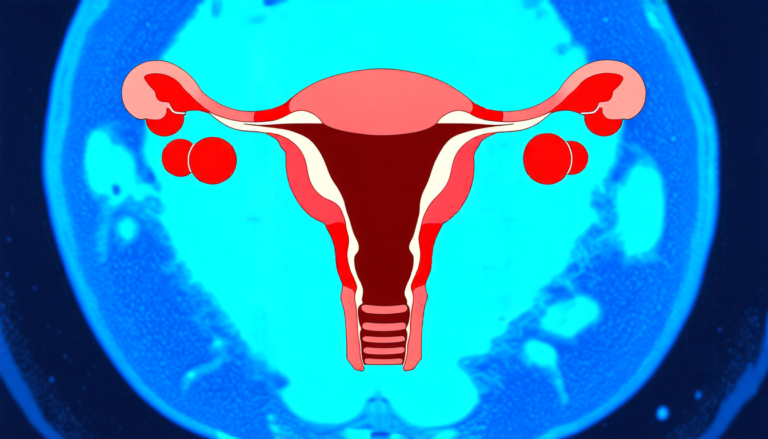Tuesday 08 April 2025
A team of researchers has made significant strides in developing a novel approach to binary decompilation, a crucial task that involves reconstructing high-level code from machine-specific low-level instructions. The method, which combines control flow graph knowledge with large language models, shows promising results in decomposing complex binary programs.
The traditional approach to decompilation relies on pattern-matching techniques and manual analysis, but these methods often struggle with the complexity of modern software. In contrast, the new approach leverages the power of artificial intelligence to learn from vast amounts of data and identify patterns that would be difficult or impossible for humans to recognize.
By integrating control flow graph knowledge into the decompilation process, the researchers have been able to improve the accuracy and readability of the decomposed code. Control flow graphs provide a visual representation of the program’s execution flow, highlighting the relationships between different parts of the code. This information is crucial in identifying the correct sequence of instructions and eliminating ambiguities.
The large language models used in this approach are trained on vast amounts of text data, including programming languages and documentation. These models can recognize patterns and relationships within the code that would be difficult or impossible for humans to identify. By combining this knowledge with control flow graph information, the researchers have been able to develop a more accurate and comprehensive decompilation method.
The results are impressive, with the new approach outperforming existing methods in several key metrics. The decomposed code is not only more accurate but also easier to read and understand, making it a valuable tool for software developers and security experts alike.
This breakthrough has significant implications for the field of software engineering, where decompilation is a critical step in understanding and maintaining complex systems. It could also have important applications in the field of cybersecurity, where decomposing malicious code can be used to identify vulnerabilities and develop effective countermeasures.
While there is still much work to be done to refine this approach and apply it to real-world scenarios, the potential benefits are significant. By harnessing the power of artificial intelligence and control flow graph knowledge, researchers may have uncovered a new way to unlock the secrets of complex software systems and improve our ability to understand and interact with them.
Cite this article: “Revolutionizing Binary Decompilation with Control Flow-Augmented Large Language Models”, The Science Archive, 2025.
Binary Decompilation, Artificial Intelligence, Control Flow Graphs, Large Language Models, Software Engineering, Cybersecurity, Pattern-Matching Techniques, Manual Analysis, Decomposed Code, Machine-Specific Low-Level Instructions.







